Our Stories
Recent Articles
History & Discoveries
Jefferson Finds Capitol Inspiration in City of Light
Thomas Jefferson, inspired by skylights he saw in Paris, prevailed upon the Architect of the Capitol to include something similar in the U.S. Capitol's new chamber for the House of Representatives. However, all the skylights came to an untimely end.
History & Discoveries
Evolution of Women in Art at the U.S. Capitol
An in-depth look at the evolution of women in art at the U.S. Capitol.
History & Discoveries
Capitol Illumination
Learn more about the history of lighting this iconic building including the part of the Dome called the "tholos."
History & Discoveries
Artfully Yours, George Washington
While George Washington never actually graced the halls of the U.S. Capitol, his presence, influence and even his likeness, is everywhere including 35 pieces of art.
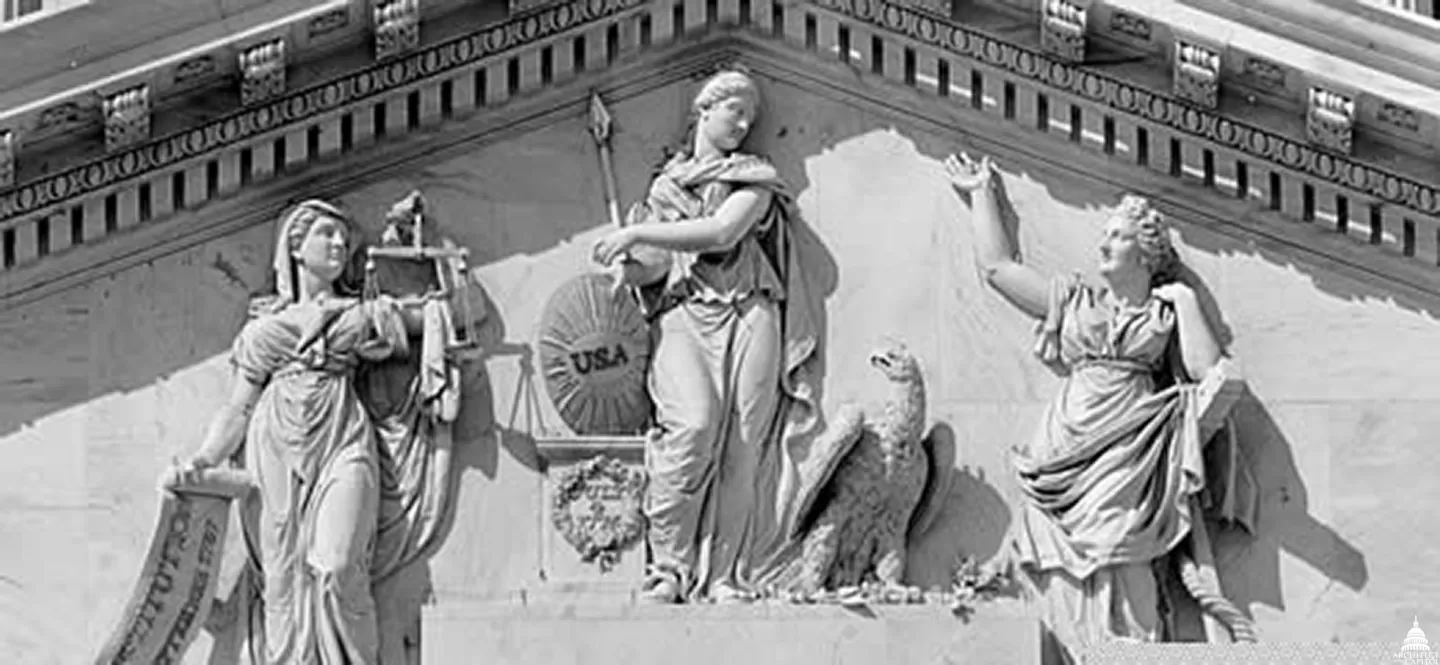
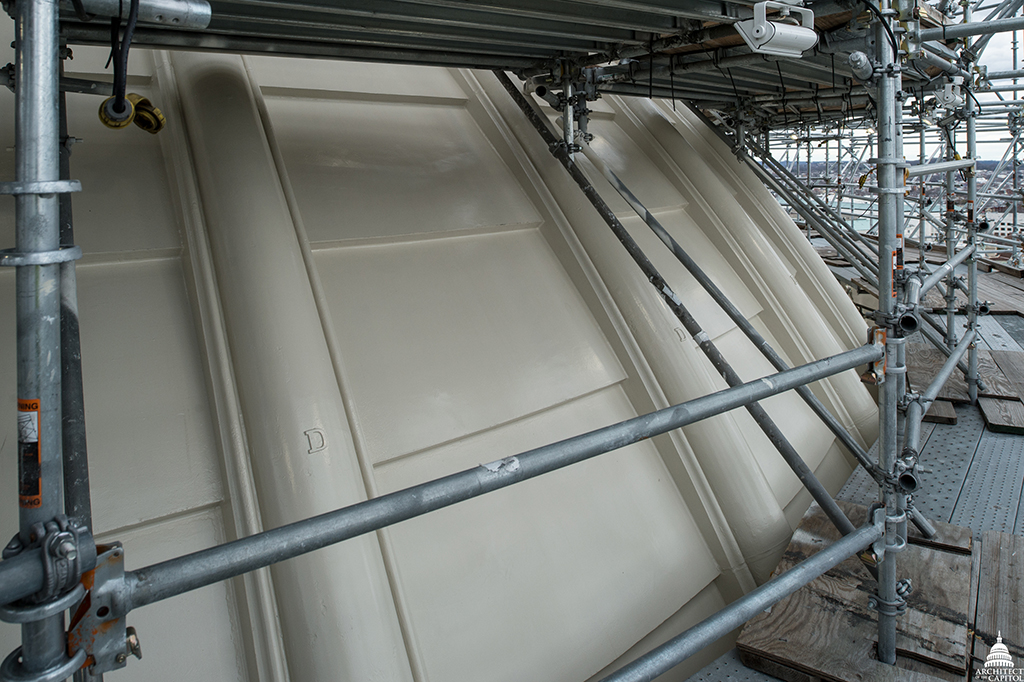
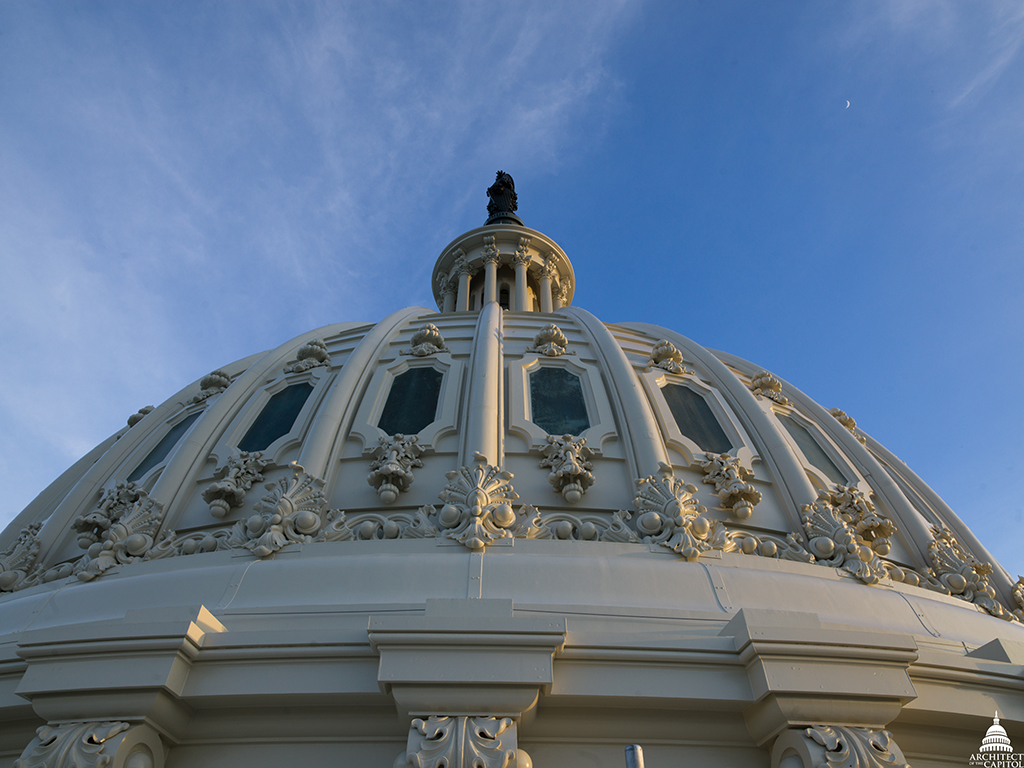

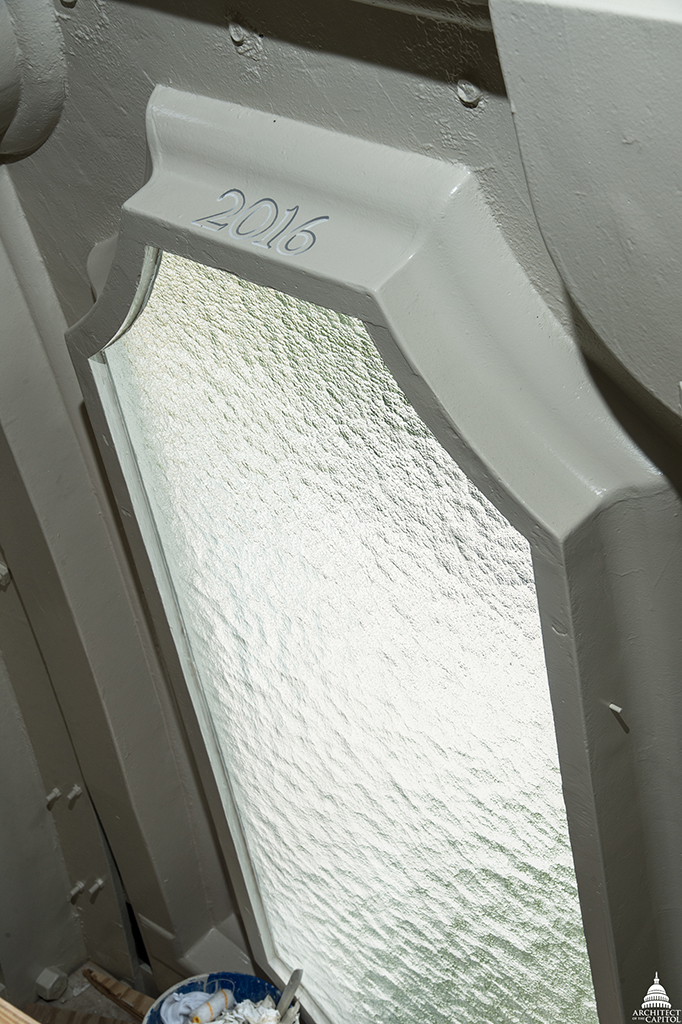

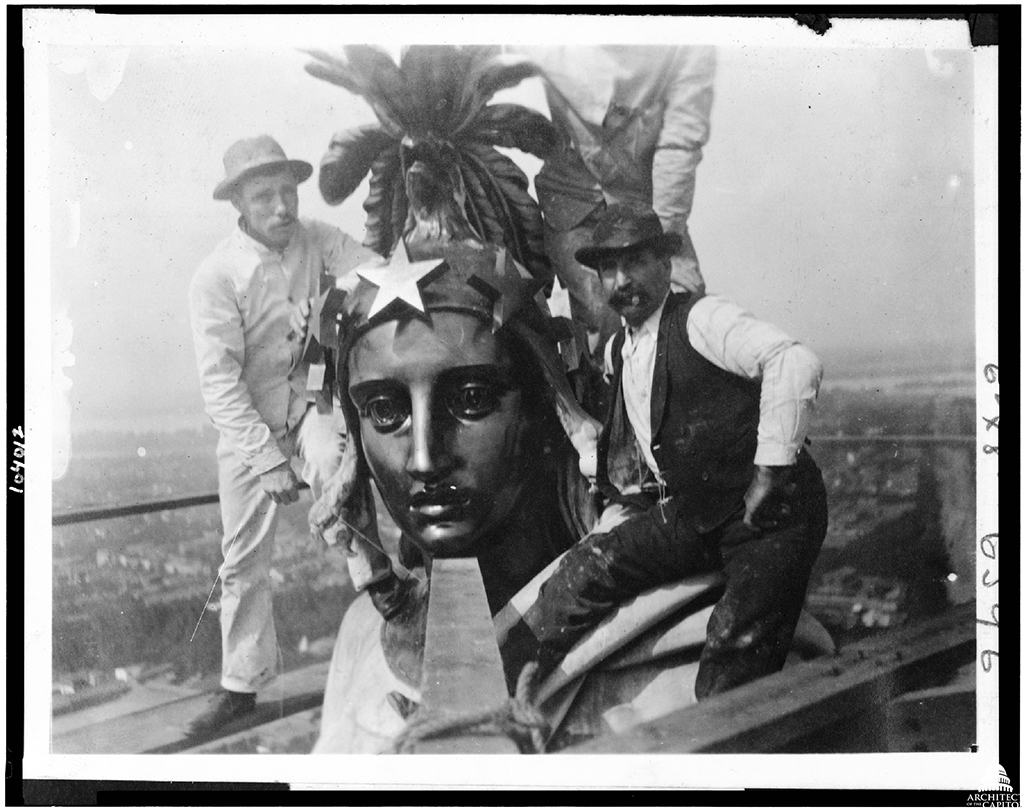

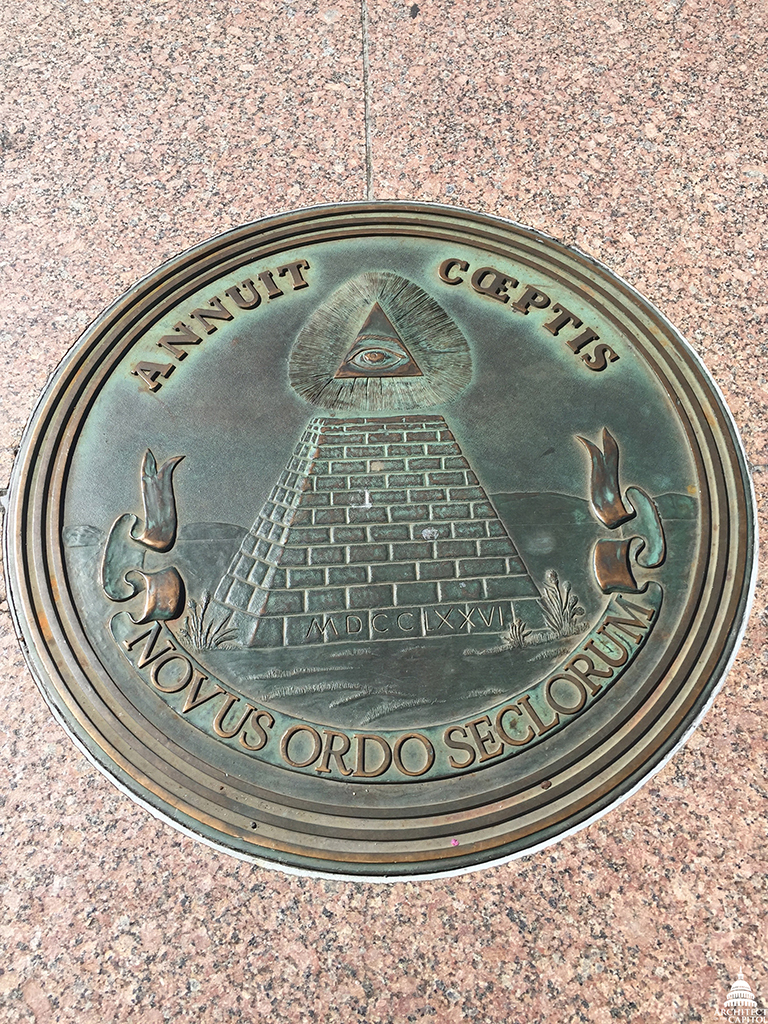
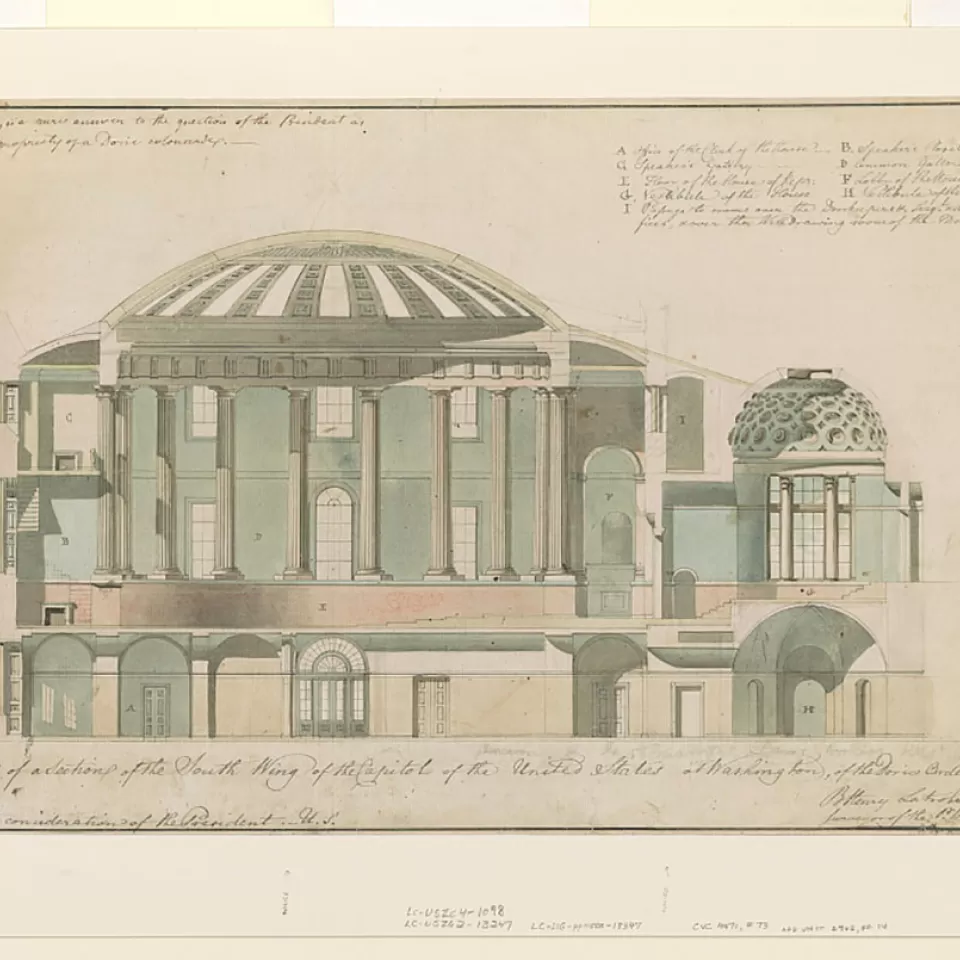
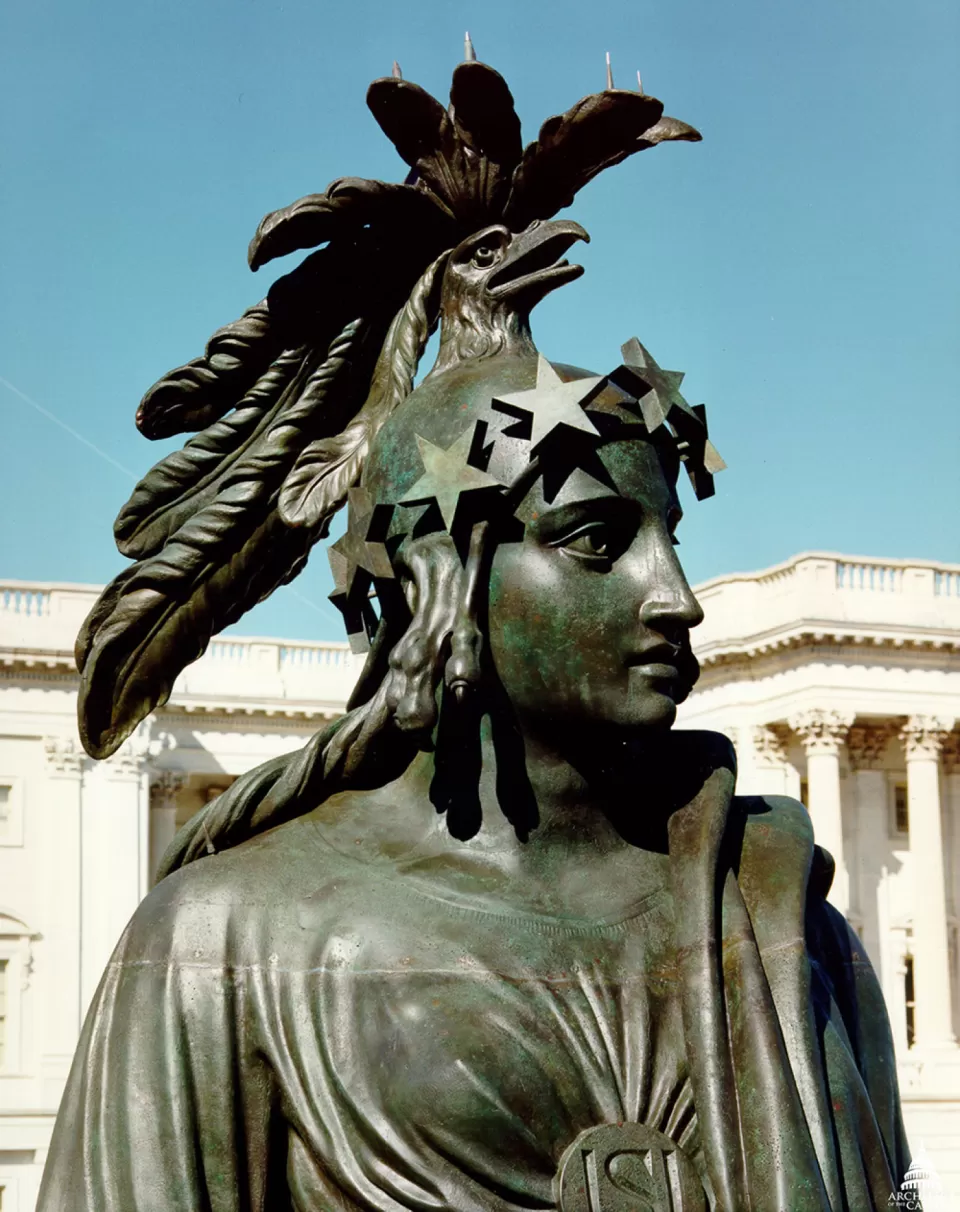
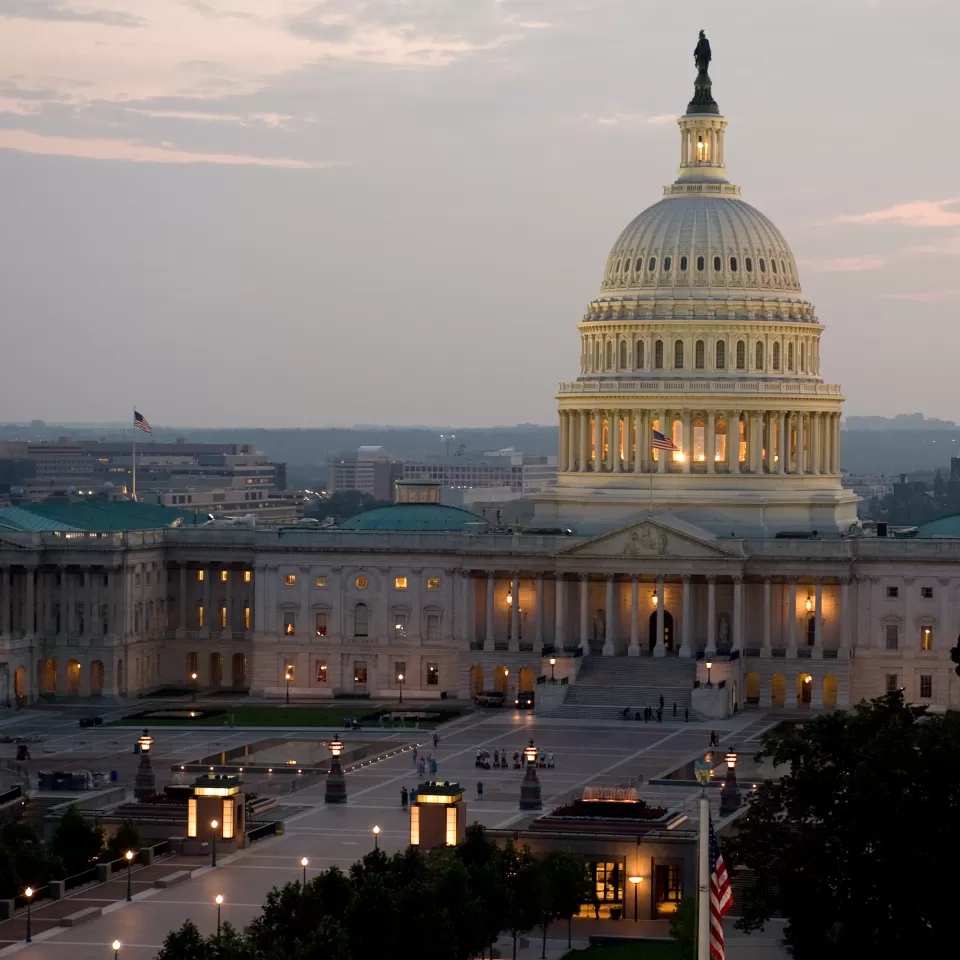
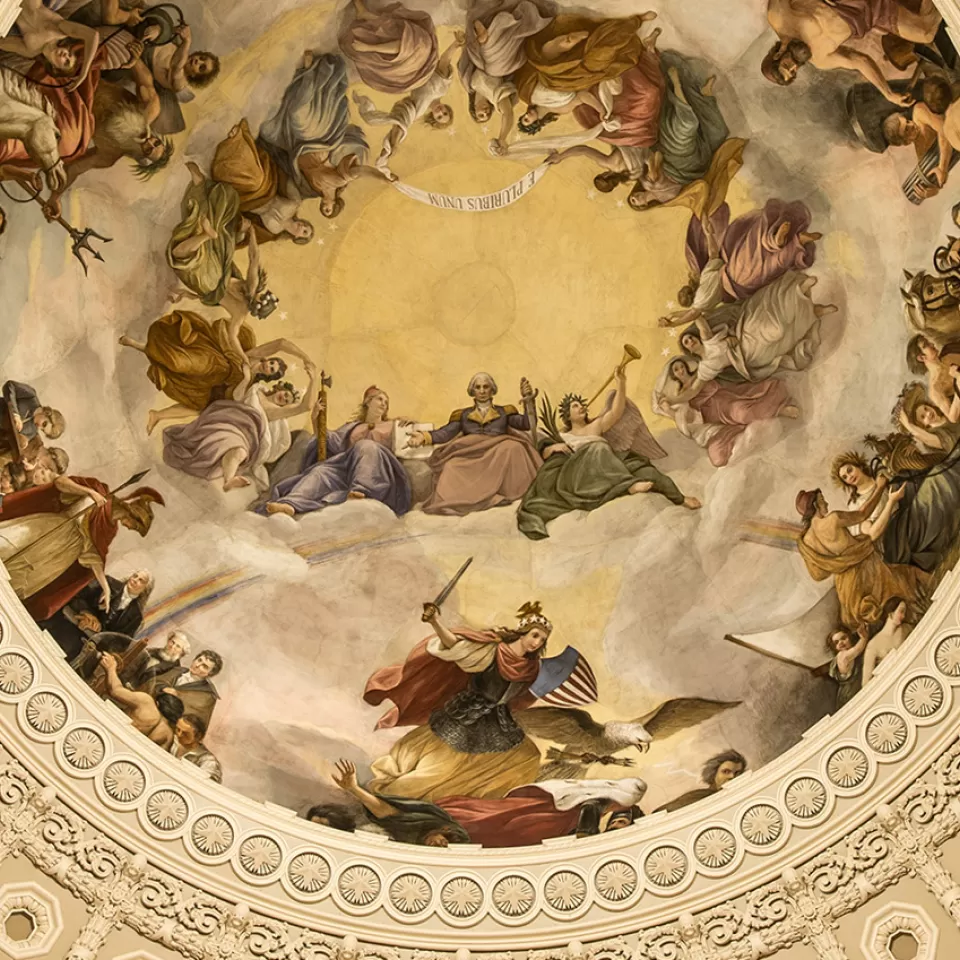
Add new comment